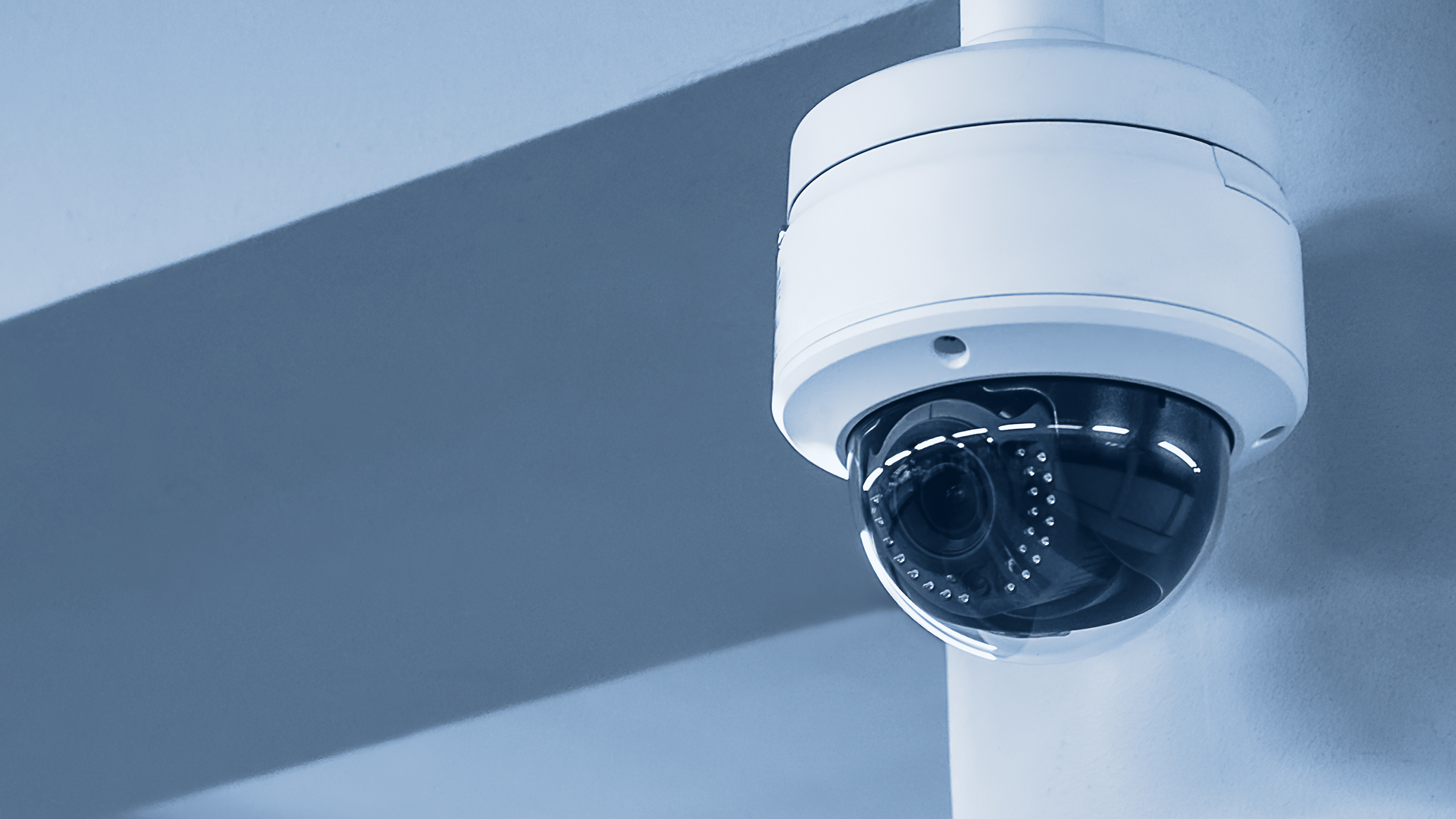The Future of Security is Smart
Video surveillance has come a long way from the days of passive cameras and endless hours of footage review.
Today, artificial intelligence (AI) and machine learning (ML) are transforming security systems, making them more proactive, efficient, and intelligent. This evolution is driven by video surveillance analytics—advanced software that enables cameras to do more than just record.
In this blog series, we’ll break down the different types of video surveillance analytics, helping you understand their capabilities, use cases, and impact on security operations.
This first post will provide an overview of the most common types of analytics, while the following posts will dive deeper into each category.
The Different Types of Video Surveillance Analytics
Motion Detection
Motion detection is one of the most fundamental analytics. Motion detection identifies movement within a camera's field of view. It reduces storage and bandwidth usage by recording only when activity is detected and can trigger alerts based on predefined rules.
Object Detection & Classification
Object detection goes beyond motion by recognizing and categorizing specific objects—such as people, vehicles, or even packages—allowing for more precise monitoring.
Facial Recognition
Biometrics match faces against a database, enabling applications like access control, watchlist monitoring, and automated attendance tracking.
License Plate Recognition (LPR)
LPR captures and reads vehicle license plates, making it especially useful for parking management, law enforcement, and secured facility access.
Intrusion Detection
Designed to identify unauthorized access to restricted areas, intrusion detection analytics use virtual tripwires and zone monitoring to detect perimeter breaches.
Loitering Detection
By analyzing dwell time in a specific area, loitering detection can flag potential security threats such as suspicious behavior outside of buildings, ATMs, or parking lots.
Crowd Density & People Counting
These analytics track the number of individuals in an area, which is beneficial for retail occupancy management, emergency planning, and large-scale event security.
Heat Mapping & Behavioral Analysis
Heat mapping shows movement patterns within a space, often used in retail environments to understand customer behavior. Behavioral analysis can detect unusual activities like erratic movements, running, or abandoned objects.
Gun & Weapon Detection
These are advanced features that can recognize firearms and alert security teams in real time, helping mitigate potential threats before incidents escalate.
Smoke & Fire Detection
Using video-based analytics, some systems can detect smoke or flames faster than traditional sensors, enhancing early fire detection and response times.
Slip & Fall Detection
Particularly useful in healthcare and workplace environments, slip and fall analytics help identify accidents in real time, enabling quicker response and reducing liability.
What’s Next in This Series?
Over the next few posts, we’ll take a deep dive into each of these analytics, exploring:
- How they work
- Real-world use cases
- Benefits and limitations
- Integration with existing security systems
This series will help you navigate the world of AI-driven security, ensuring you make informed decisions when leveraging video analytics for your organization. Stay connected for expert insights on the cutting edge of surveillance technology!
Stay tuned for the next post from Pro-Tech Design. We’ll break down motion detection and how it serves as the foundation for more advanced video analytics.
Want to learn more about how these analytics can improve your security strategy? Contact us today to discuss customized solutions tailored to your business needs.
